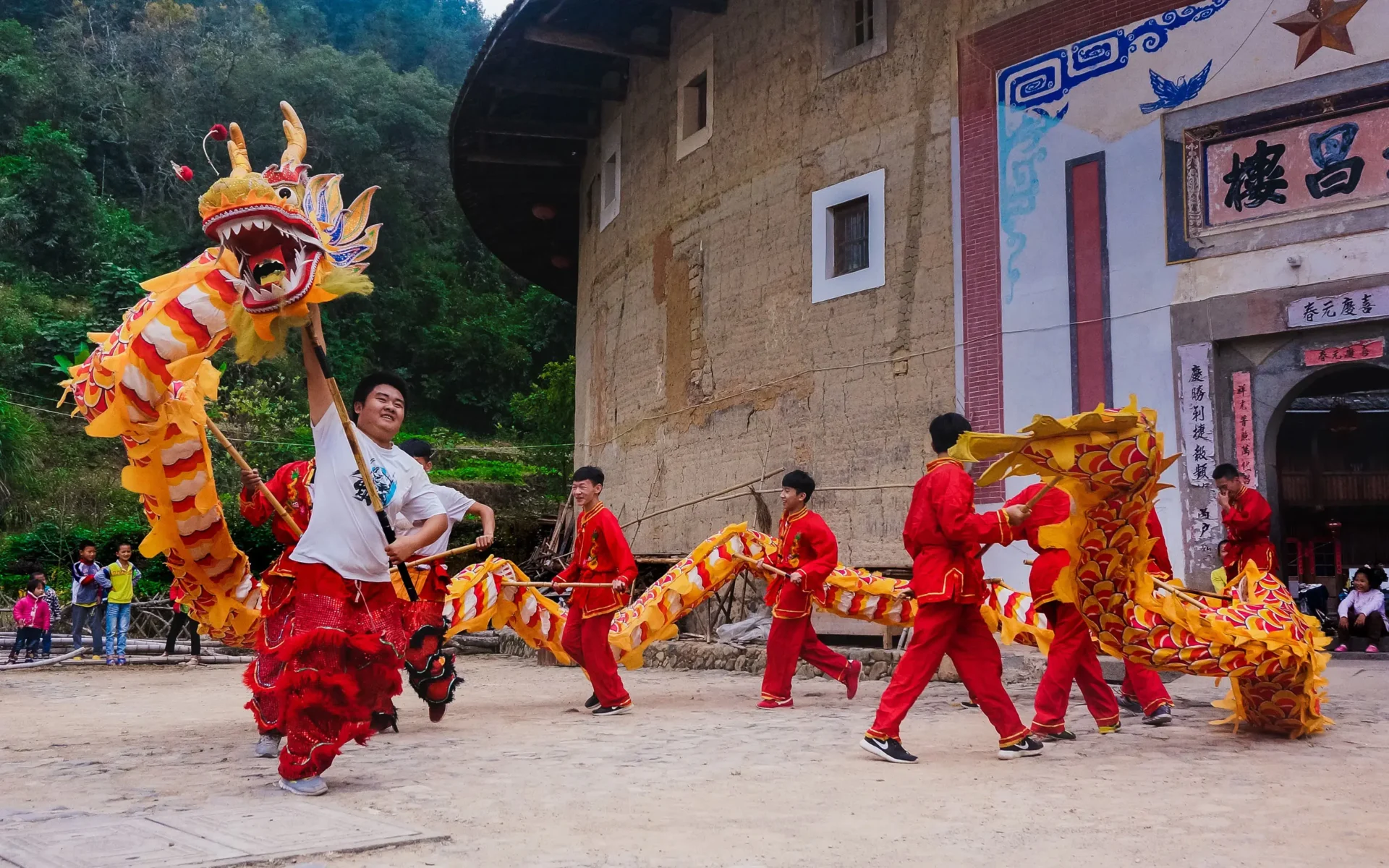In the cultural fabric of Guangdong, a province located in southern China, kung fu has been skillfully woven for several centuries. This revered martial art form, symbolizing strength, discipline, and spiritual growth, profoundly influences every facet of life in Guangdong. From high-spirited celebrations to routine daily activities, the essence of kung fu can be traced throughout, embodying the spirit of the region’s distinct cultural identity.
However, the influence of kung fu in Guangdong extends beyond its traditional martial arts practice. It permeates into one of the most colorful and vivacious cultural expressions of the region – the famous lion dance. This dance form, with its symbolic movements and elaborate costumes, resonates with the principles of kung fu, making it a visual spectacle of grace, agility, and strength.
The lion dance in Guangdong is not merely a performance; it is a cherished tradition that reverberates with cultural significance and communal unity. Commonly performed during festivals, ceremonies, and important occasions, the dance breathes life into these events, turning them into a vibrant display of the region’s heritage.
In fact, the lion dance is so deeply ingrained in Guangdong’s culture that a local saying exists: “Where there’s an ancestral hall, there’s always a lion dance performance.” This adage reflects the integral role the lion dance plays in communal celebrations and gatherings. The ancestral hall, a significant venue for community activities, becomes the stage where the lion dance unfolds, adding an aura of festive charm and cultural reverence.
The intertwining of kung fu and the lion dance offers a fascinating glimpse into Guangdong’s cultural panorama. Together, they create a dynamic tapestry that showcases the region’s unique traditions and collective spirit. As these practices continue to shape the cultural landscape of Guangdong, they stand as timeless reminders of the region’s rich heritage, adding color and rhythm to the daily lives of its people.
READ MORE:
